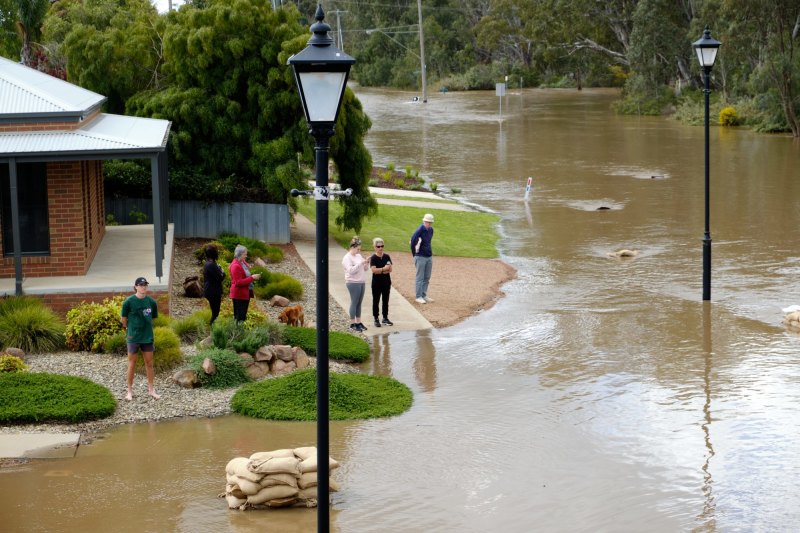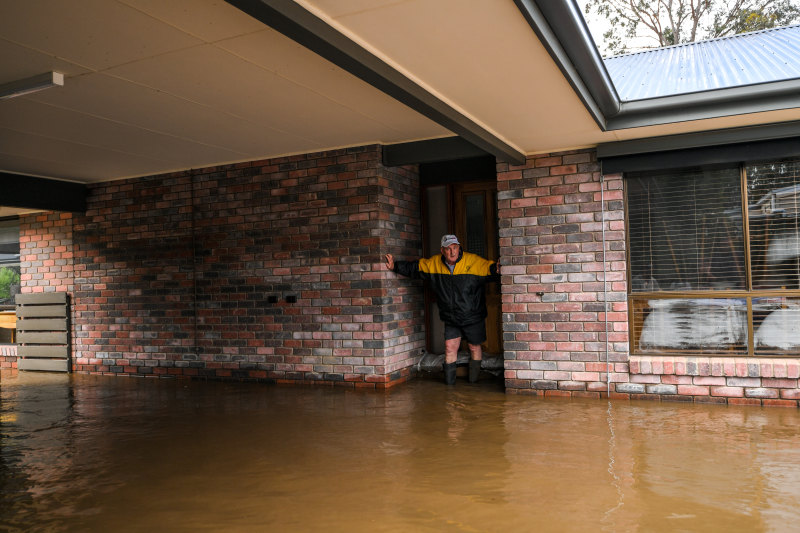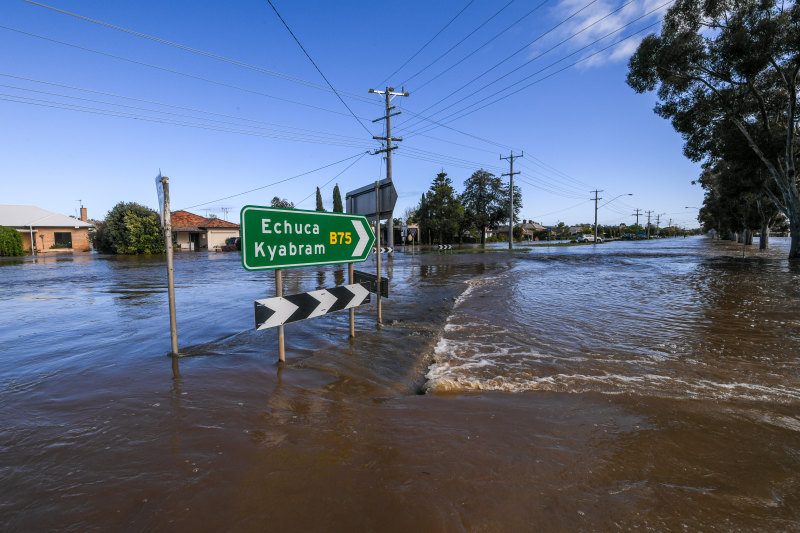If a house scored 9 out of 10 for flood risk, would you buy it?

Home buyers steer clear of properties at extreme flood risk when informed of the threat, altering their property search and bidding for lower risk homes, an international study has found.
More buyers are factoring climate-change risks into their property decisions, but making risk data more accessible could more quickly shift buyer behaviour, experts say, and encourage upgrades to properties.

Home buyers who typically looked at properties at extreme risk of flooding altered their property search after being given access to flood risk data, a report by US real estate brokerage Redfin found. They went on to bid on homes with 54 per cent less risk, on average.
Similar buyers in a control group who were not given the data – expressed as a score out of 10 on the listing – continued to bid on extreme-risk homes, according to the three-month randomised controlled trial involving 17.5 million redfin.com users. The site now publishes climate risk data for most homes, except rentals.
Search behaviour was quick to change. Within a week, buyers were viewing homes with 7 per cent less risk than the control group. This stretched to a 25 per cent drop after nine weeks or more.
While a US study, it showed how making climate-change risk information more accessible could empower buyers to make better housing decisions, and start to shift market demand, said Dr Trivess Moore, a senior lecturer in RMIT’s School of Property, Construction and Project Management.
“We’re going to see increasing extreme weather events moving forward and the housing industry and individuals are not prepared for that at all,” he said.
“Homeowners are spending the most amount of money they’re ever going to spend in their life on an asset that could potentially have significant issues.”
Mandatory disclosure of risk factors would be important to steering buyers to lower risk homes and encouraging homeowners to improve higher risk properties, Moore said. The Queensland government recently consulted stakeholders on whether flood information should be proactively provided to buyers.
In NSW, agents must disclose material facts, such as if a property has been subject to flooding or bushfire in the past five years. In Victoria, sellers are required to disclose if a property is in a bushfire zone, while the state requires a seller to disclose anything that a buyer would find material, such as if there has been a flood at the property.

Moore warned against adding to the issue by developing new housing in risky areas.
Insurers and financial institutions were considering such risks already, which could start to be reflected in how much money they would lend for properties in higher risk areas, Moore said. Higher insurance premiums and reduced borrowing power would then reduce buyer demand and prices in affected areas.
A Commonwealth Bank climate risk assessment of its home loan portfolio, released this year, found about 38,000 properties were at high risk of exposure to cyclones, 56,000 were at risk of floods and 5000 of fire.
Major banks are working with the Australian Prudential Regulation Authority to identify their potential vulnerability to climate change. The findings are expected this year.
Climate risk analysts Climate Valuation issues hundreds of reports a week for potential home buyers and mortgage lenders about the risks facing residential properties. Anecdotal evidence showed buyers were changing their behaviour based on the reports, said chief executive Dr Karl Mallon.
He thought it was a good idea to make objective climate risk information more accessible for home buyers, but noted that action by the banks would be critical to changing behaviour.
“Someone might choose personally to go: Maybe I’ll buy that, maybe I won’t,” he said.
“But if the banks say … we’re not issuing a mortgage on that property, it’s all over, it’s no longer up to people’s personal preference.”

Dr Sarah Boulter, an associate professor of climate adaptation at the University of Tasmania, said people were increasingly looking to access climate risk information for their homes.
More councils were providing flood risk information to the public, she said, however providing insights on climate-change projections could be more contentious, due to varying predictions. There was also concern about how projections could affect property values.
“I don’t think it’s unrealistic to expect that information to be required, but it’s tricky when you start considering climate-change predictions … there’s a certain level of uncertainty about it,” she said.
However, a challenge would be those who would not have the luxury of being able to leave or never buying into a risky area in the first place, she said.
Without wider government action and support, the socioeconomic divide could widen, all three experts warned. Poor housing affordability, driven by undersupply, meant people would continue to buy homes in more affordable, higher risk areas.
These owners often had less financial capacity to make property upgrades, pay higher insurance premiums or sell in future, potentially at a loss, to relocate.
We thought you might like
States
Capital Cities
Capital Cities - Rentals
Popular Areas
Allhomes
More


/http%3A%2F%2Fprod.static9.net.au%2Ffs%2F47a5c6ce-63bc-4a66-a82c-145d58d8df62)






